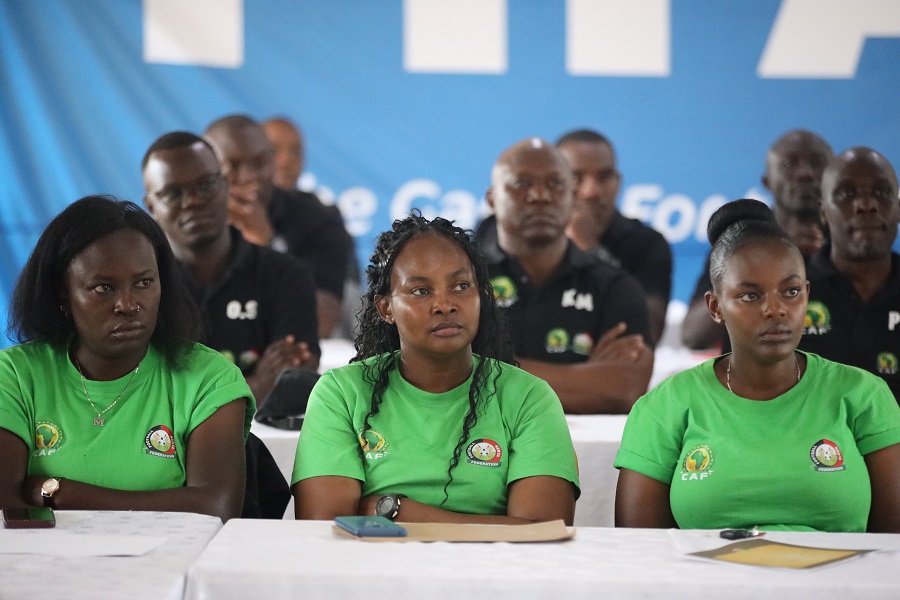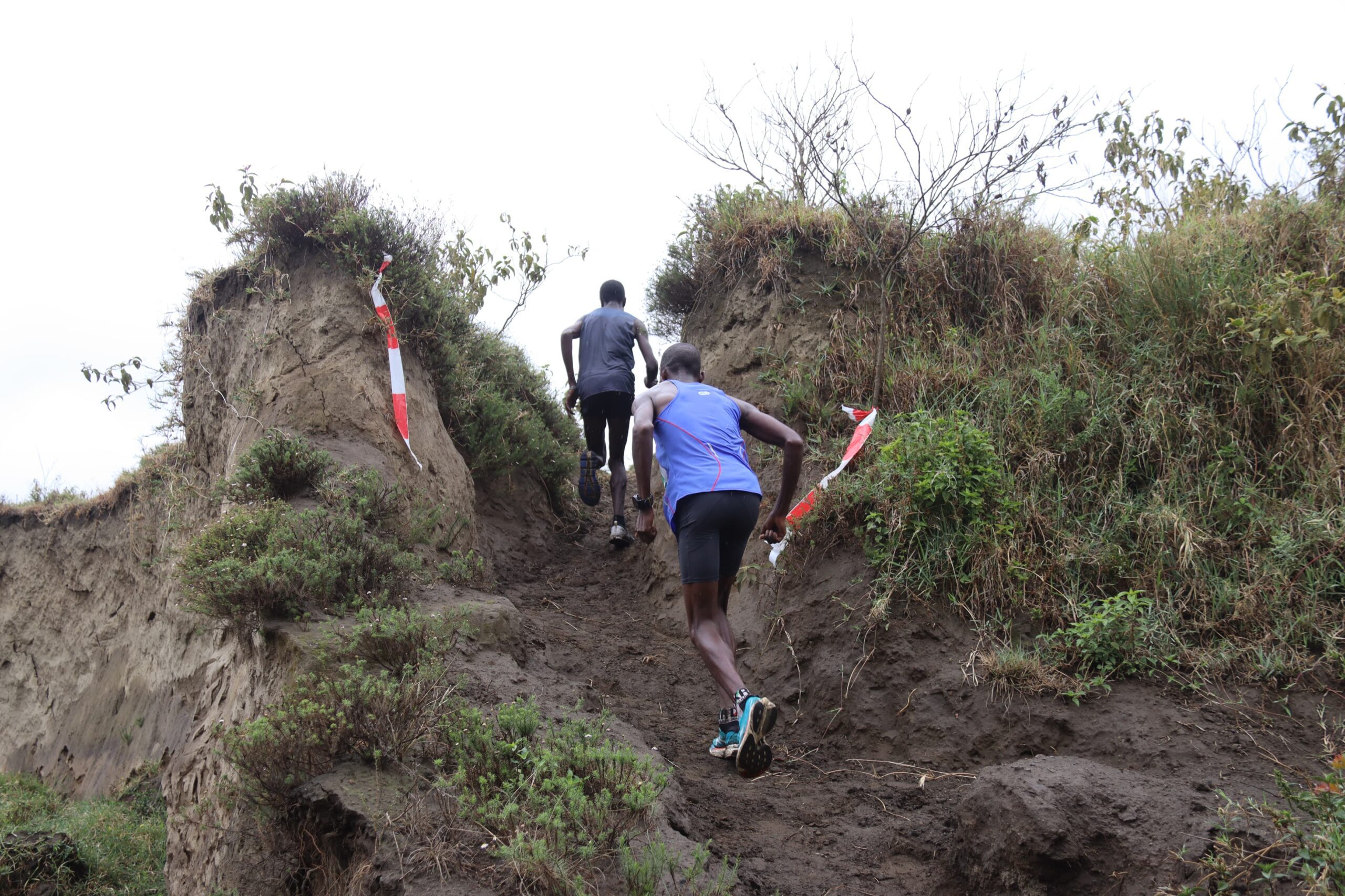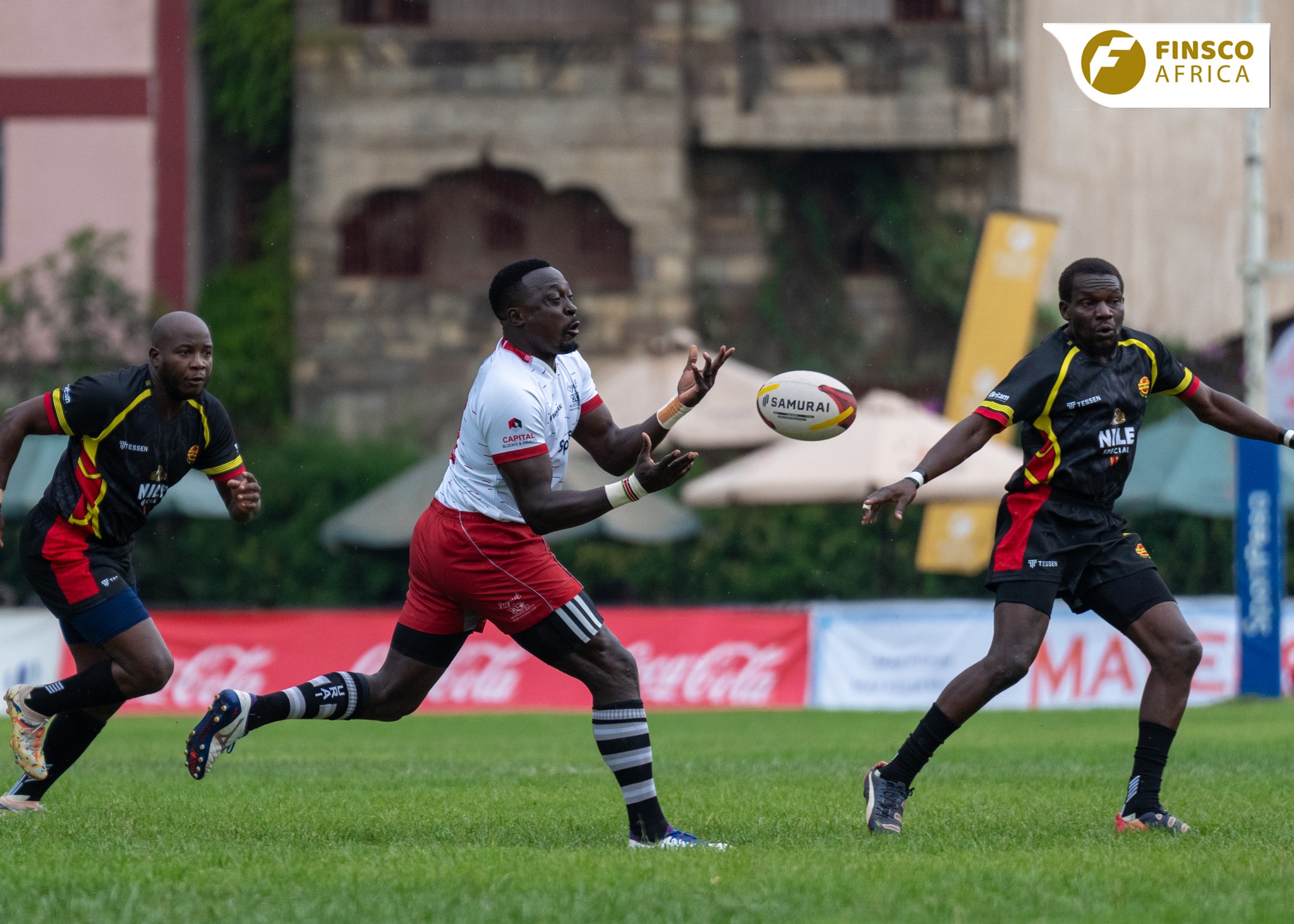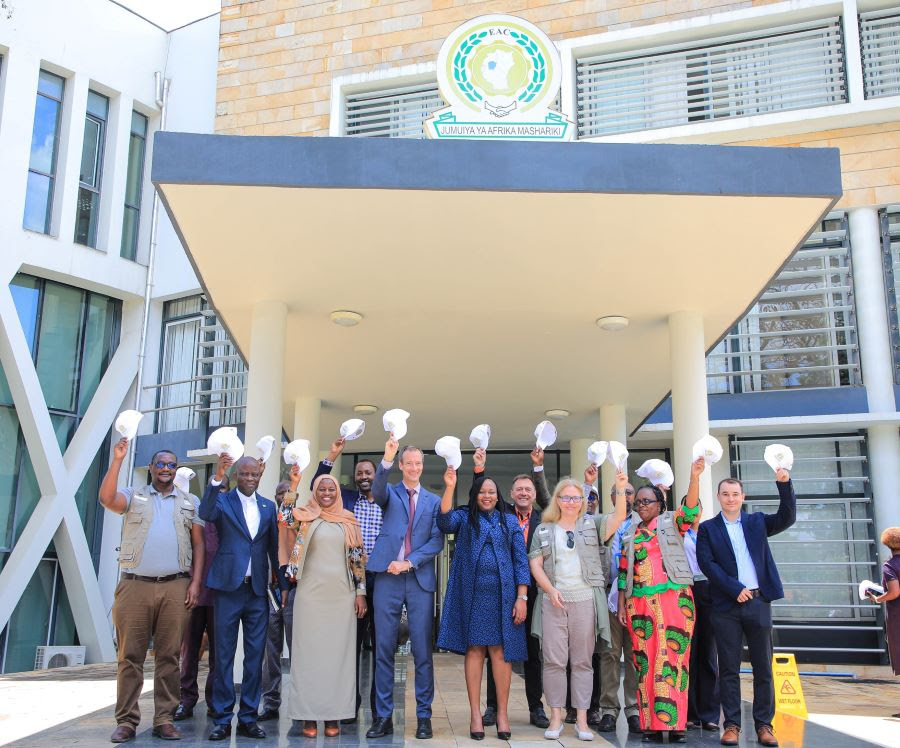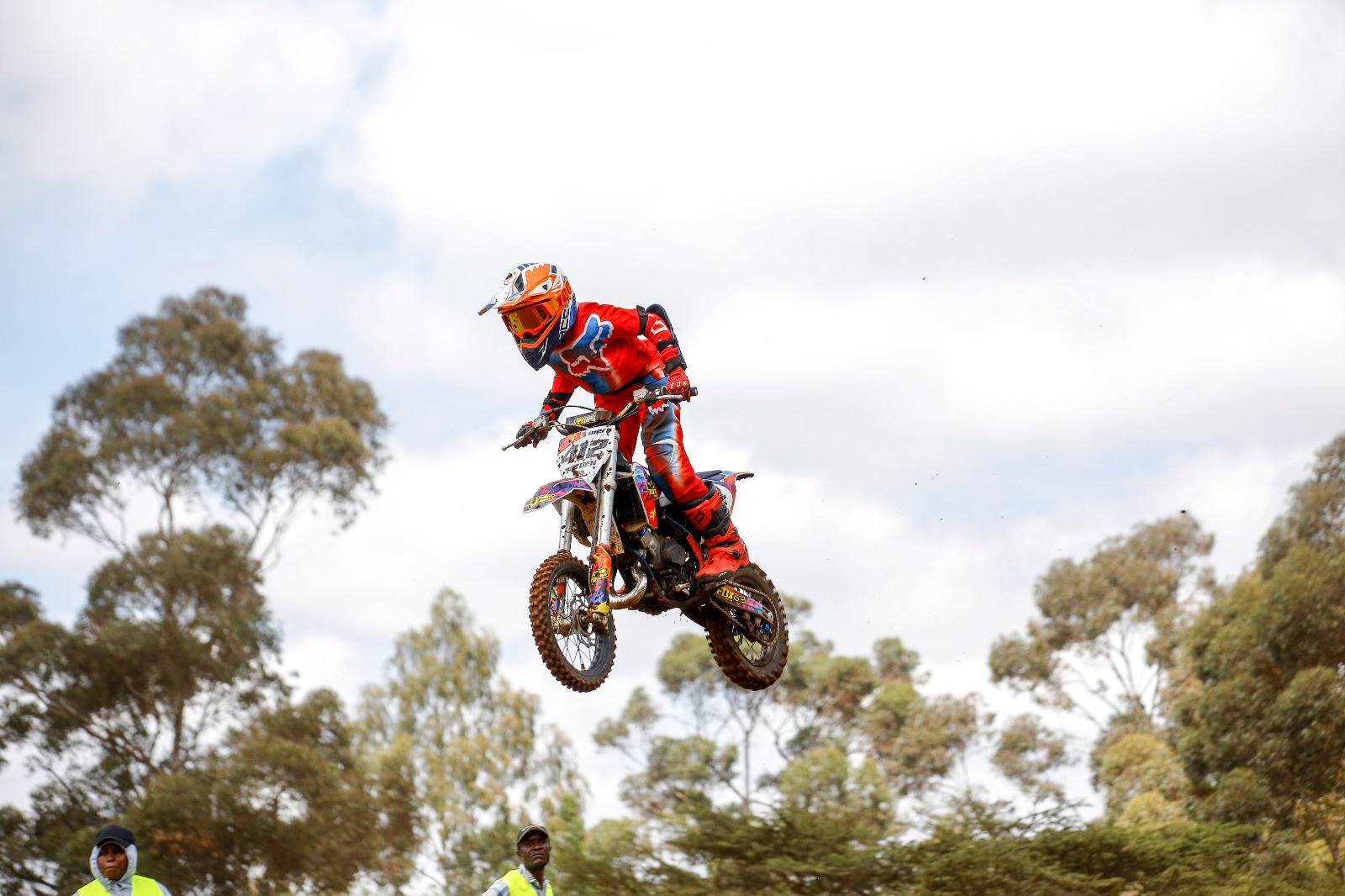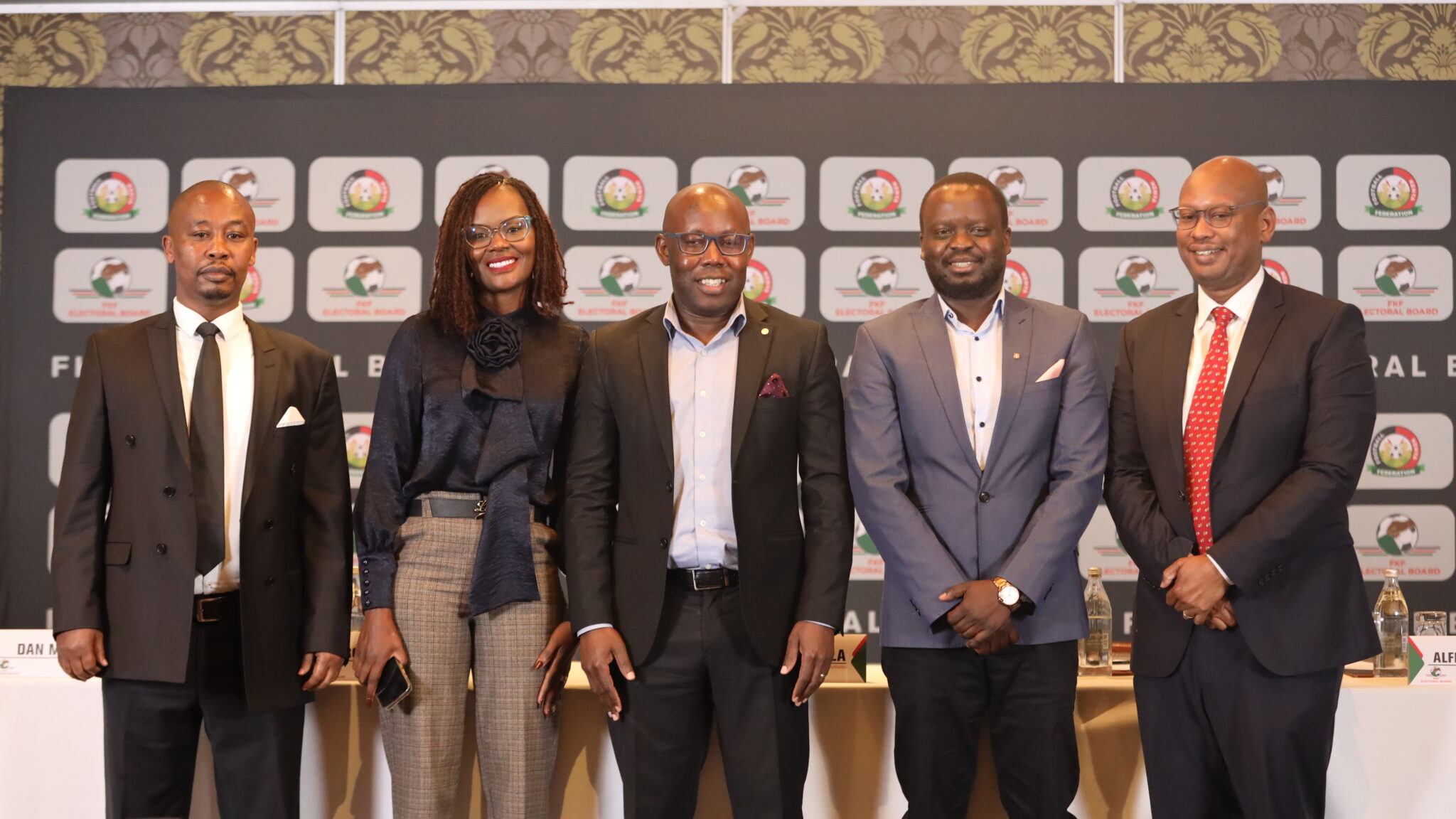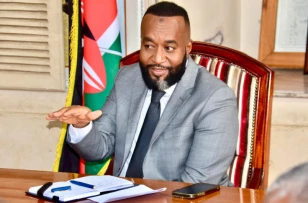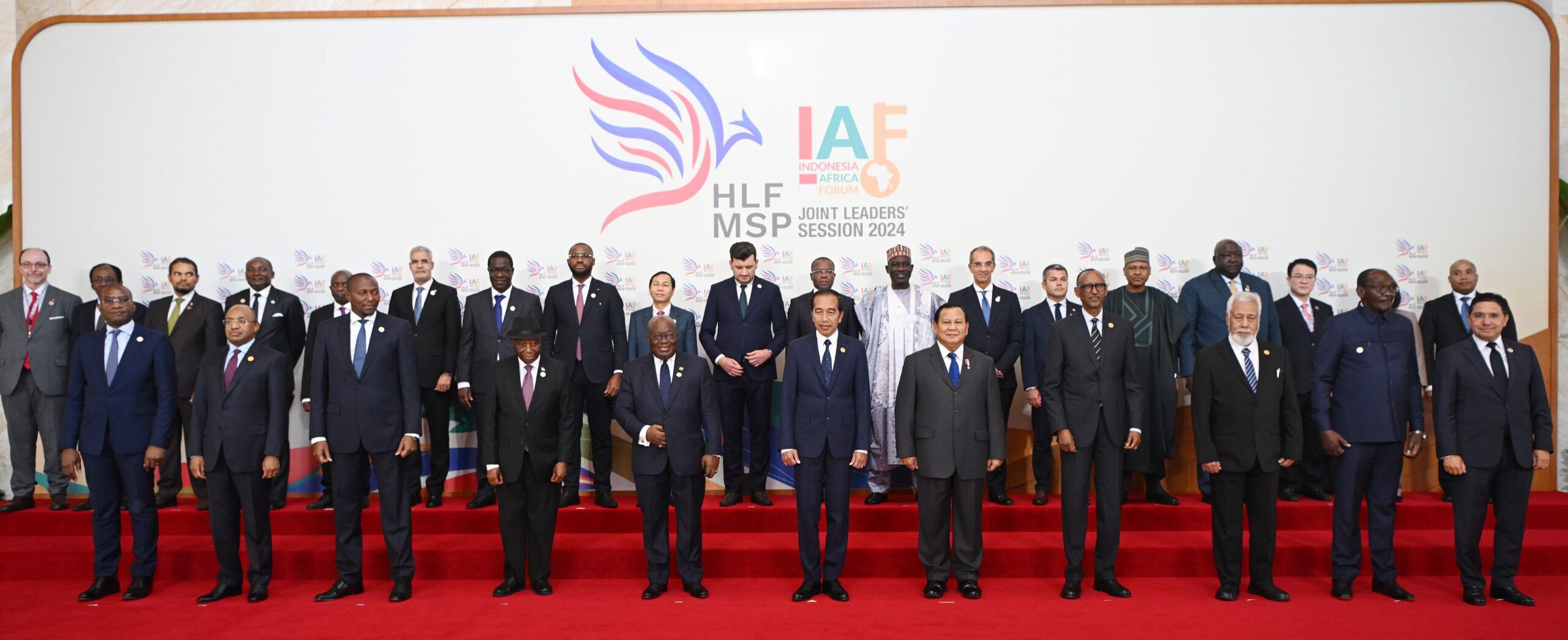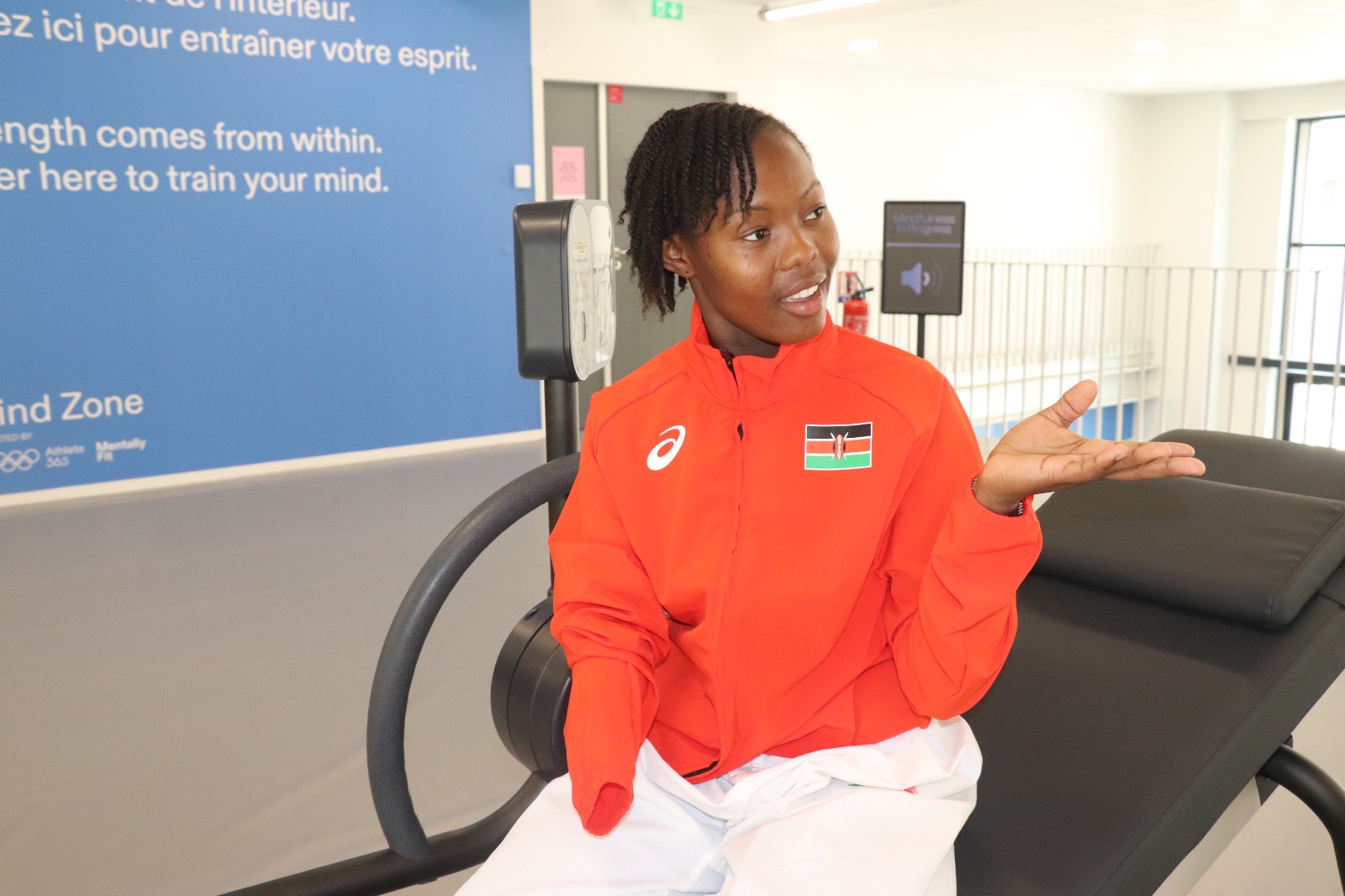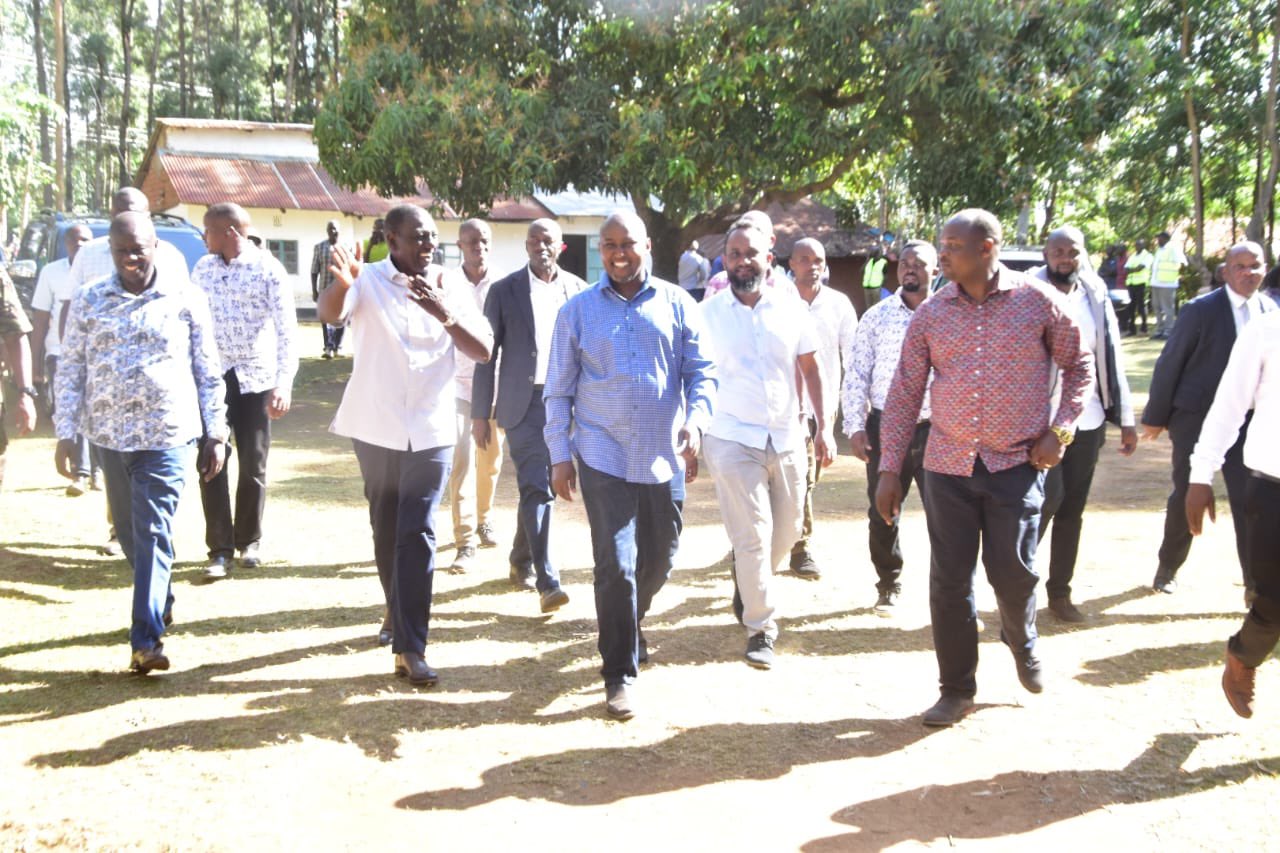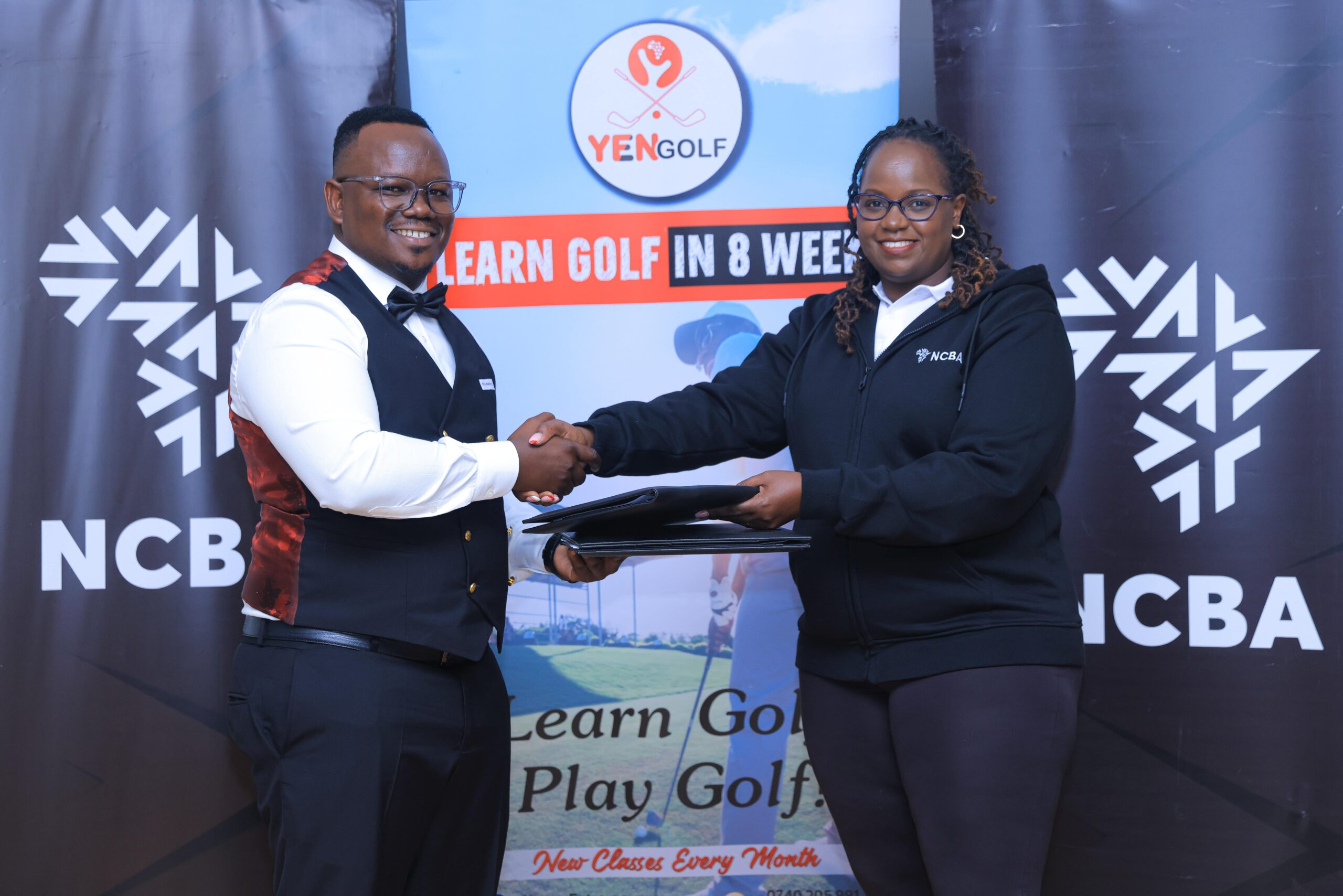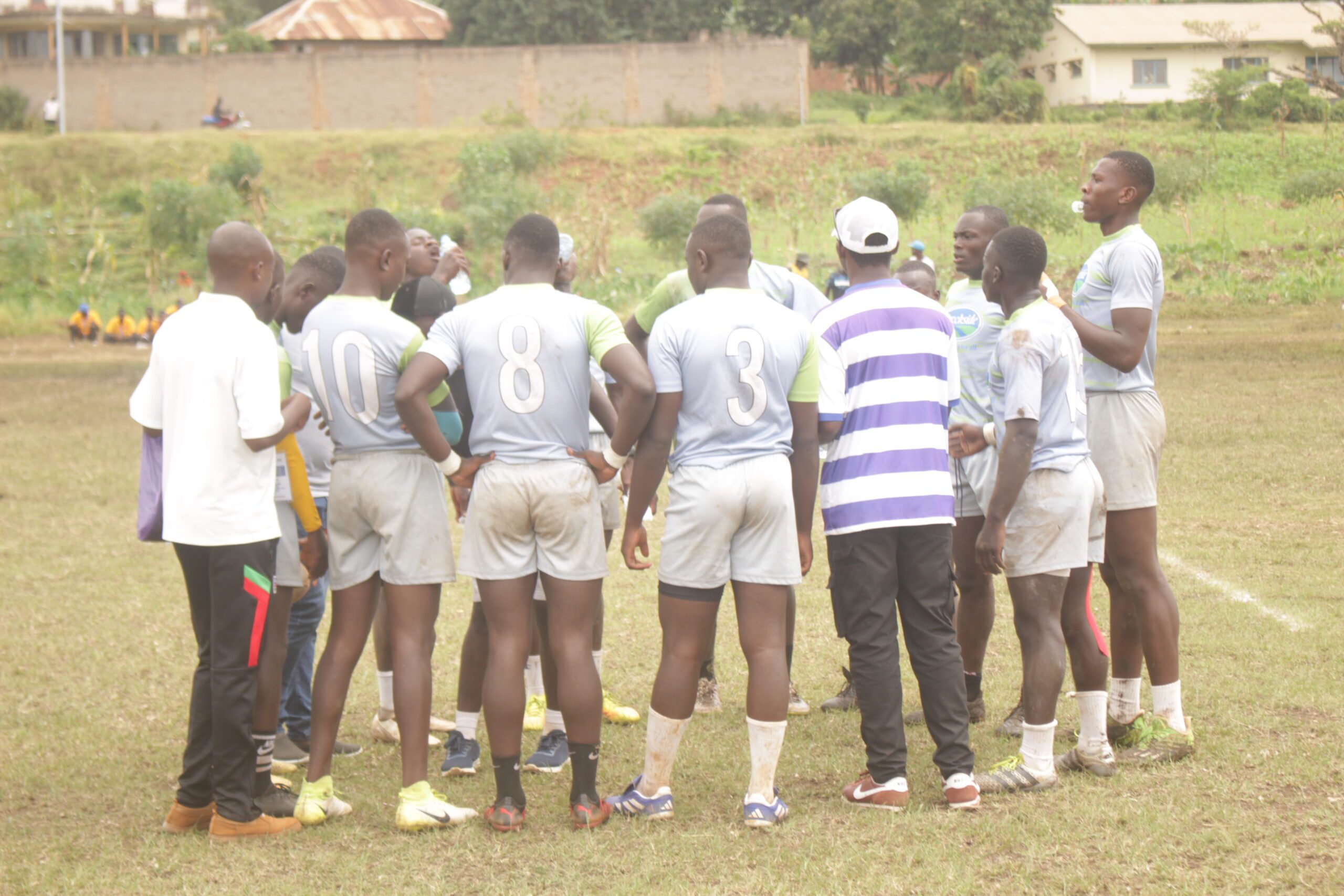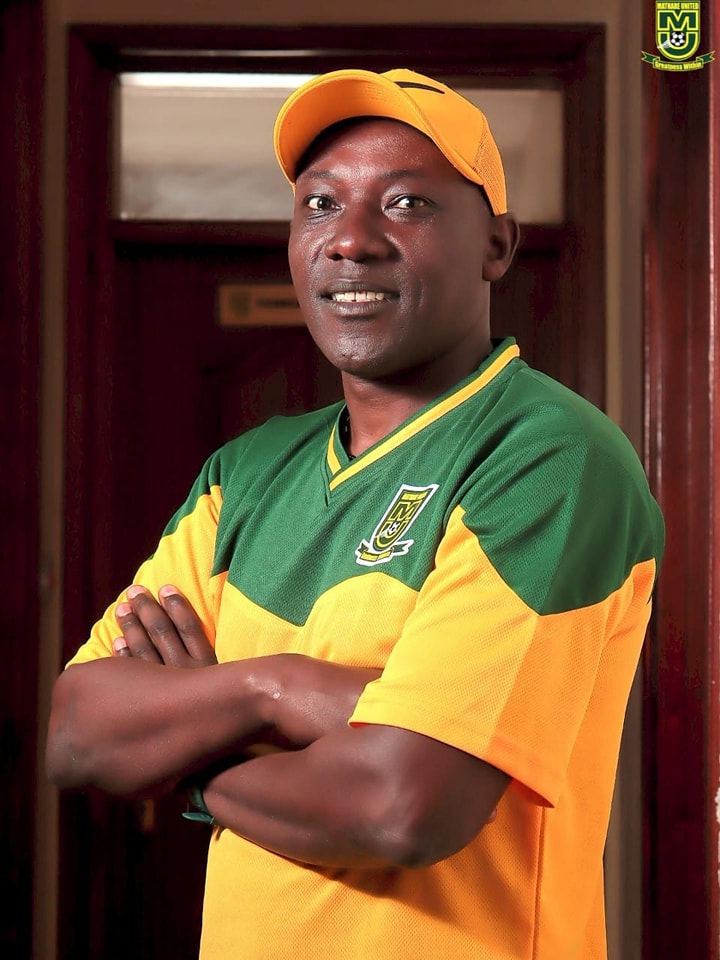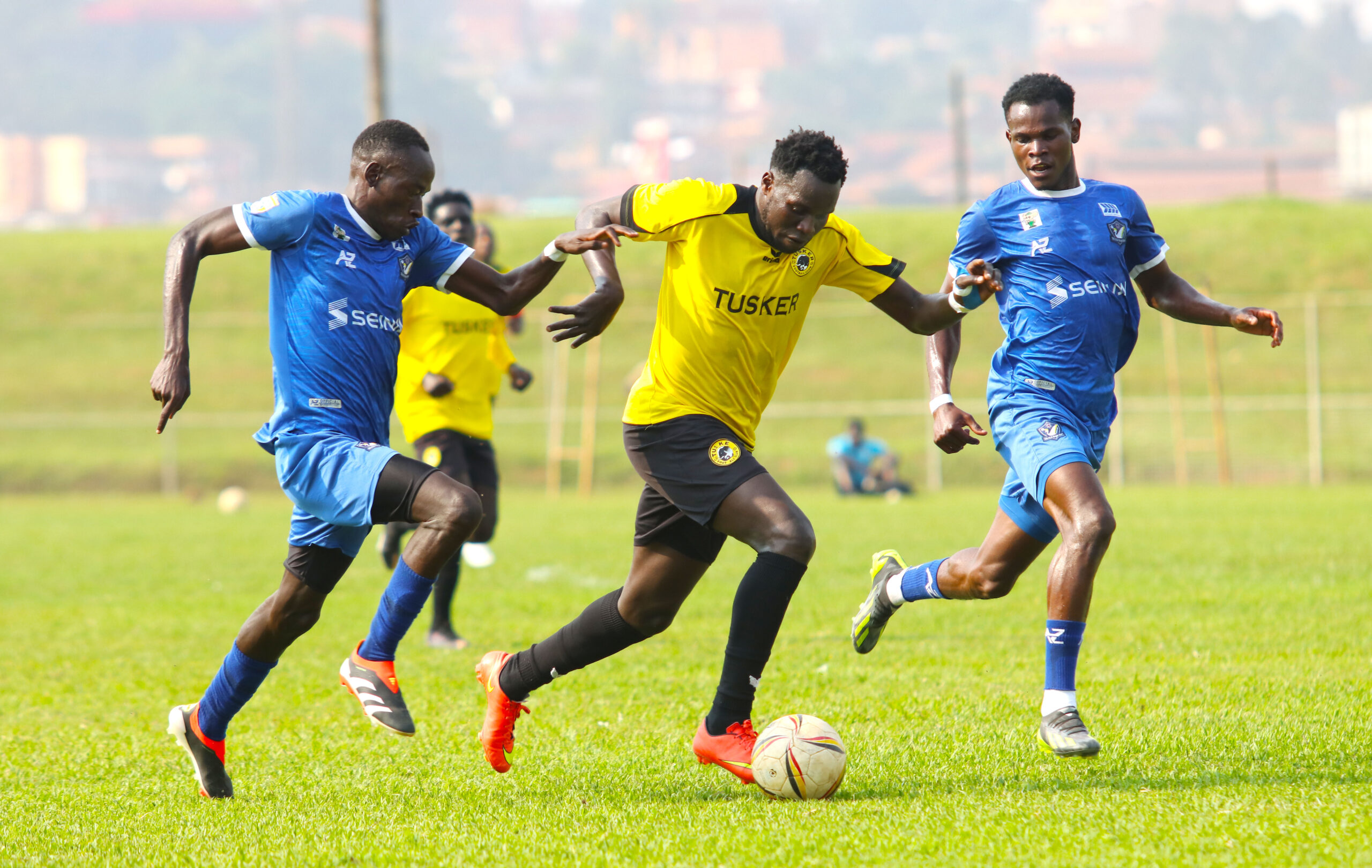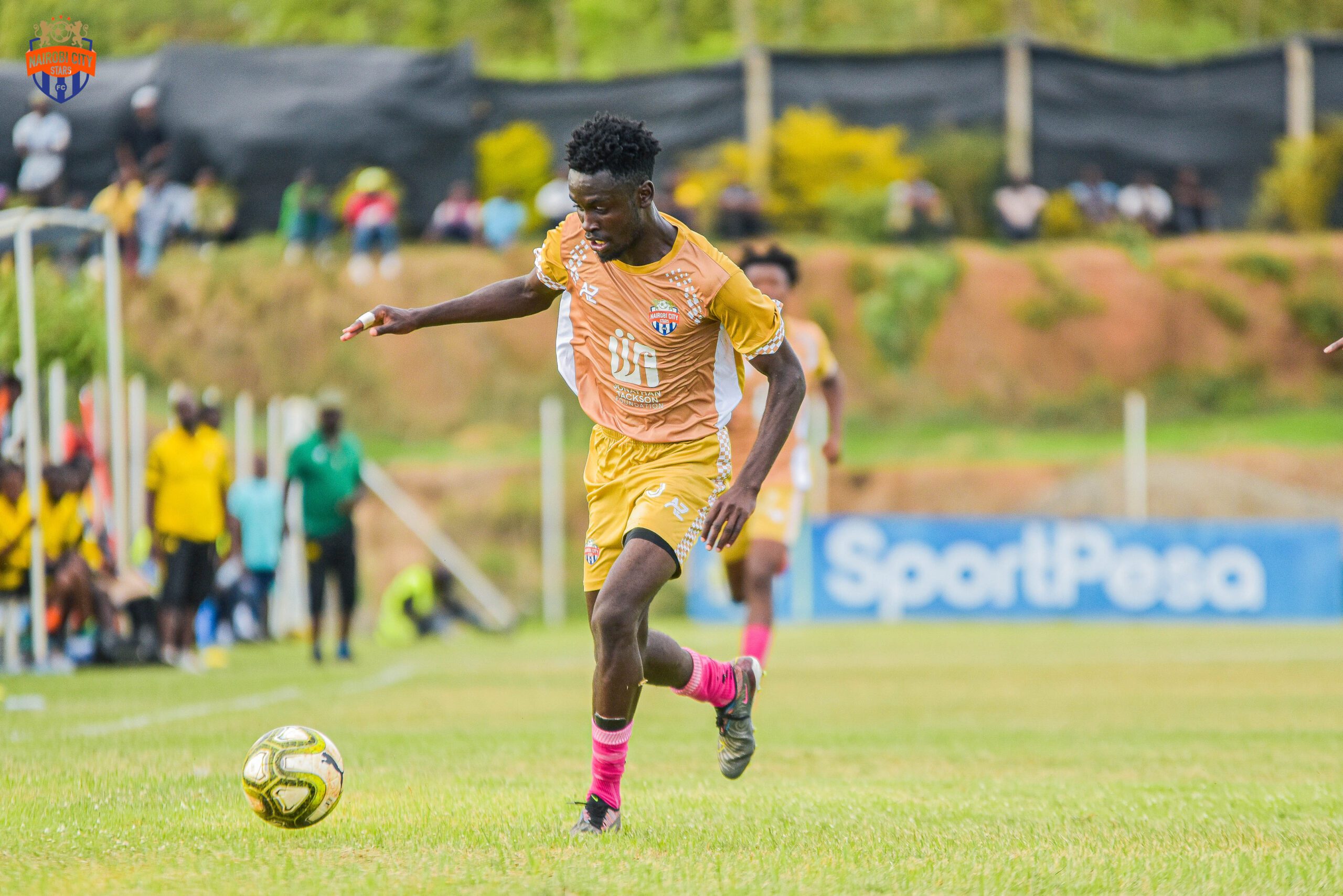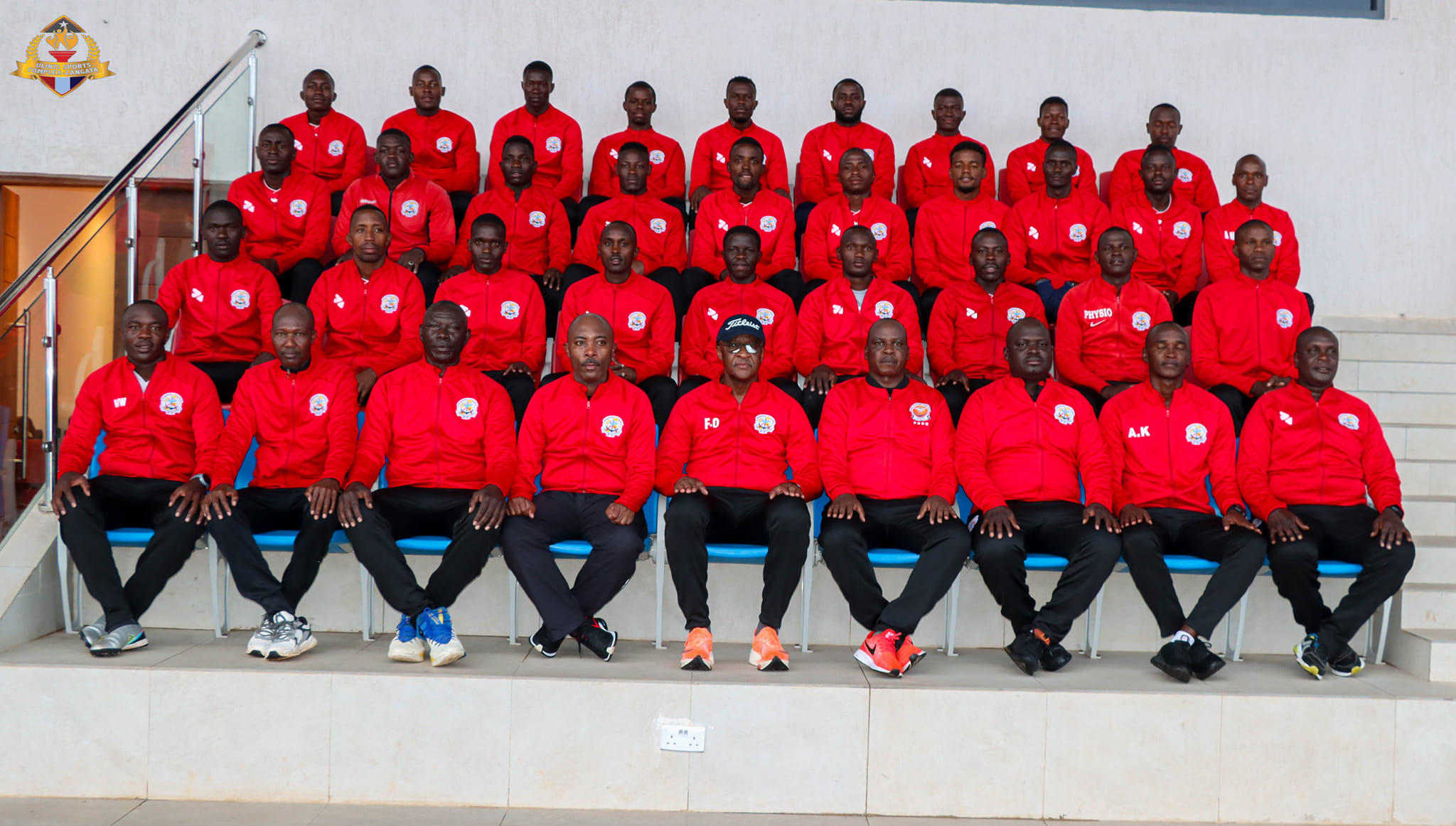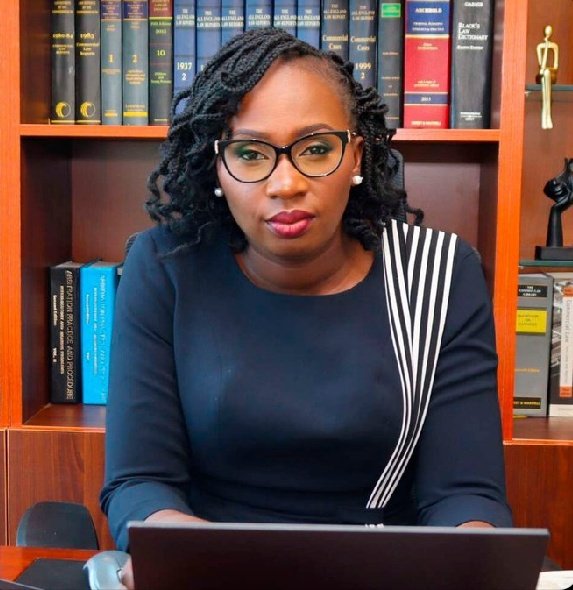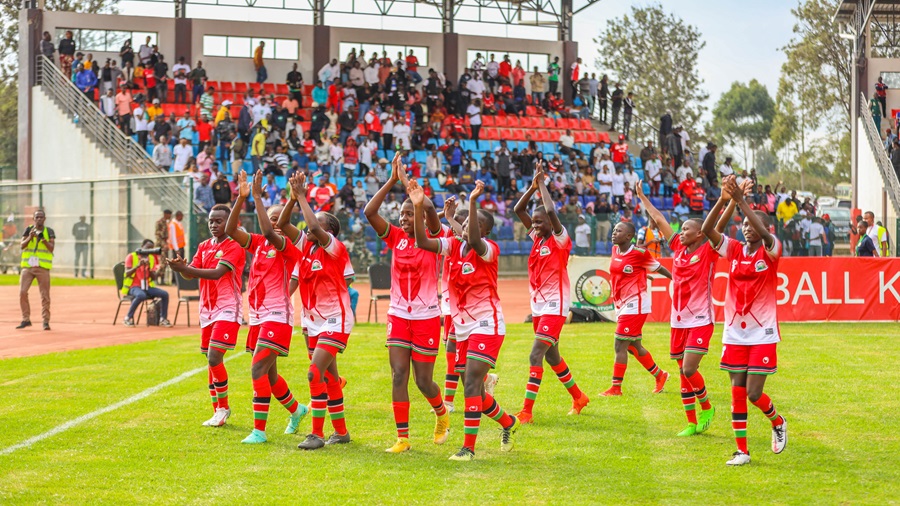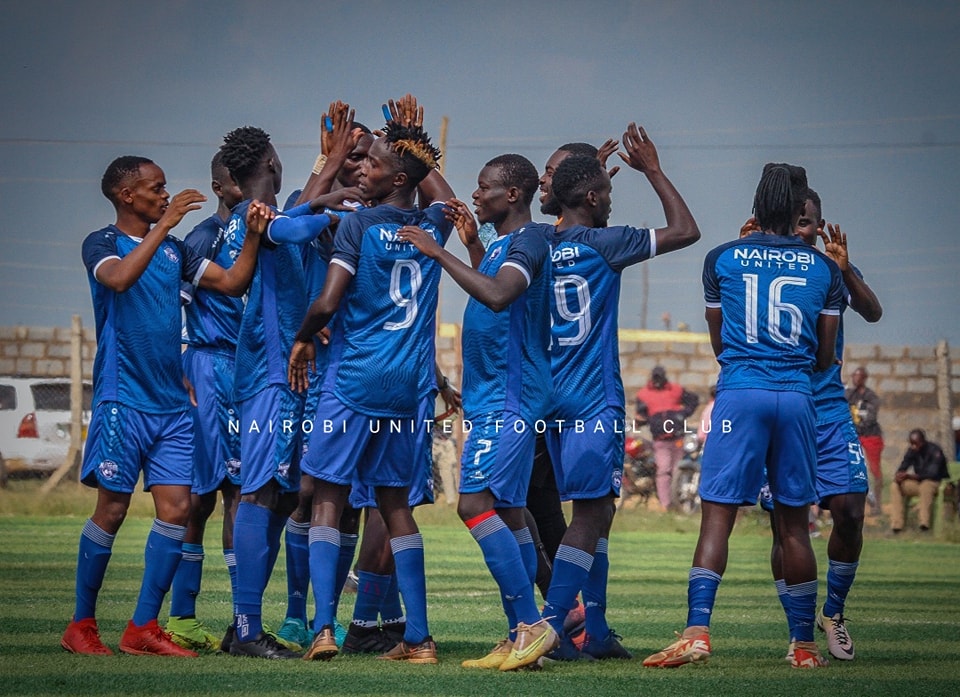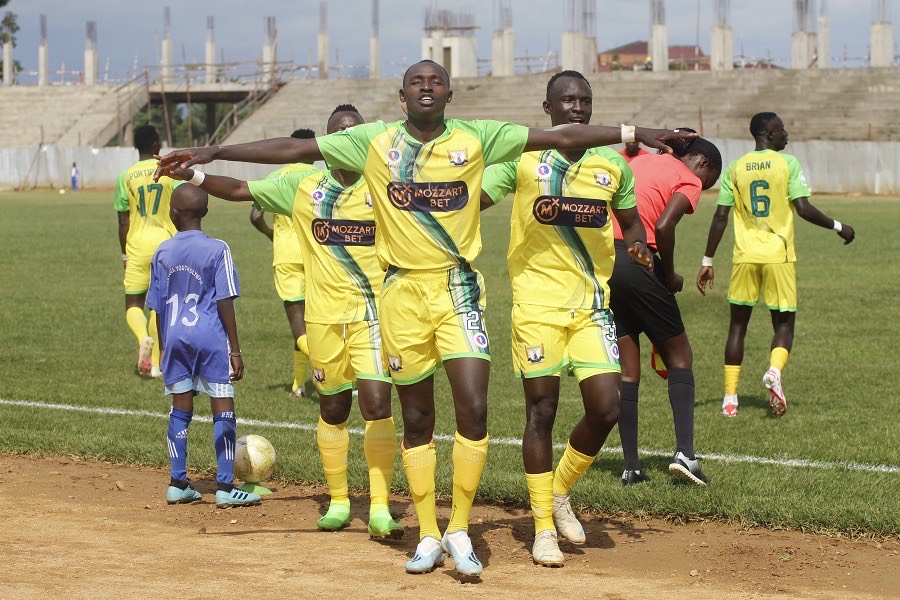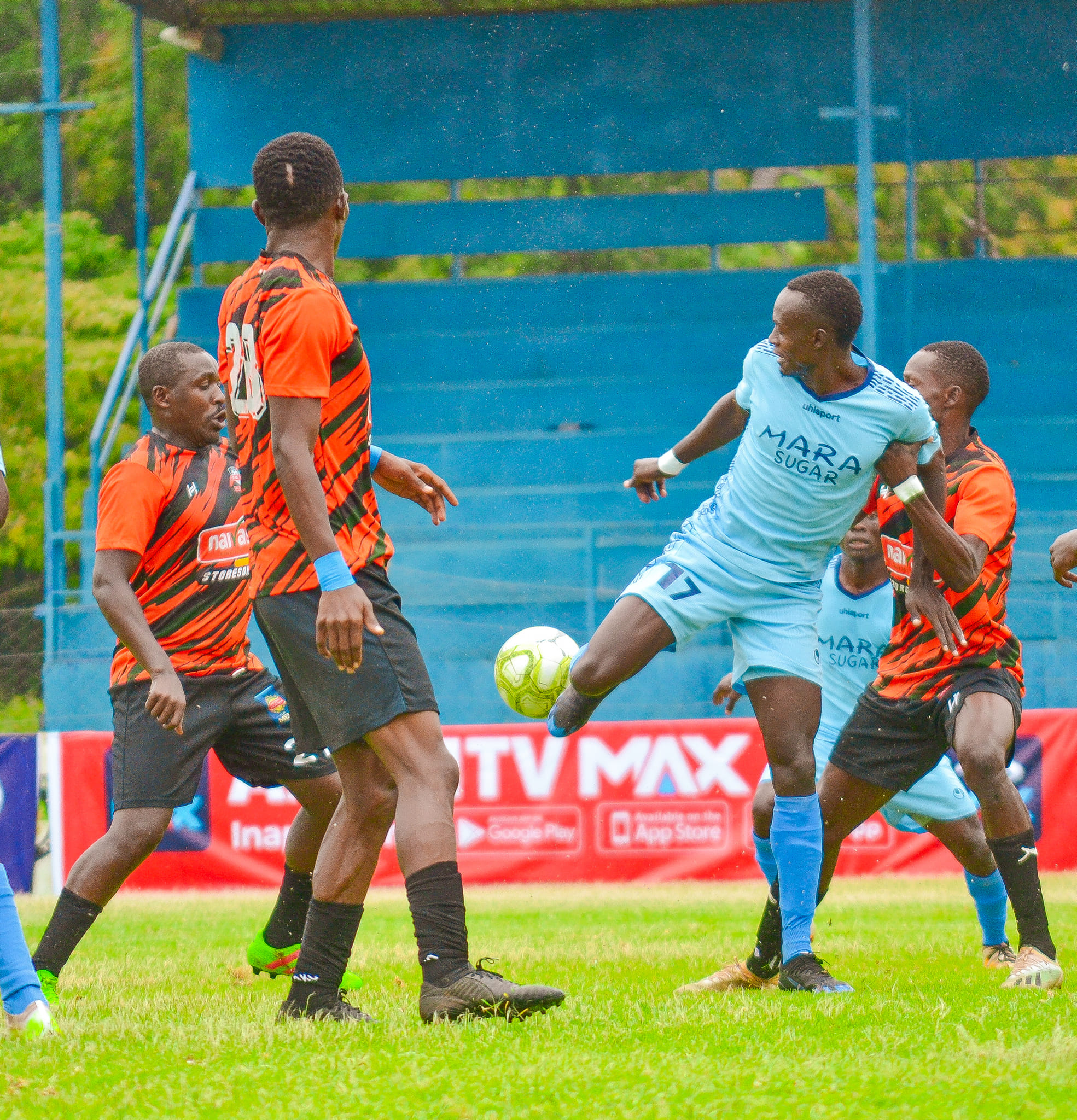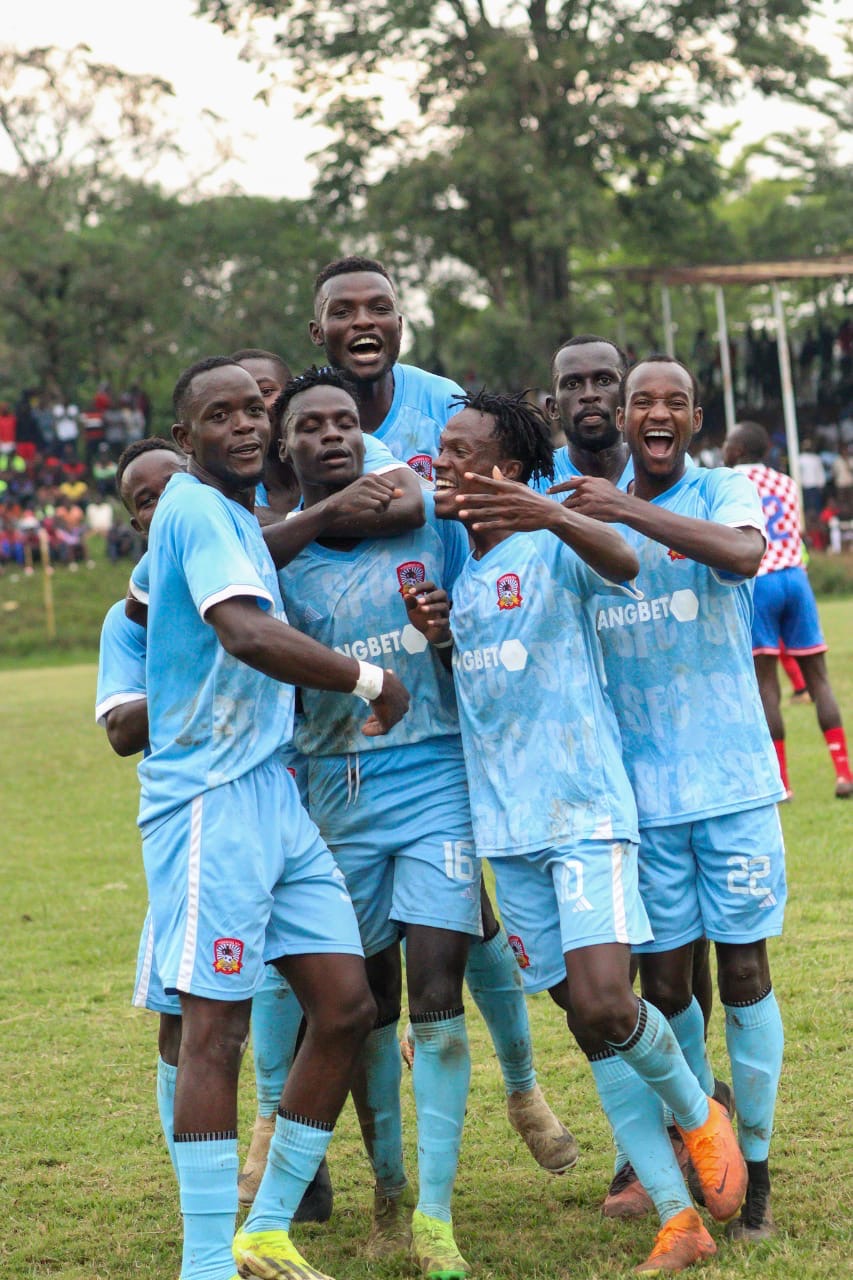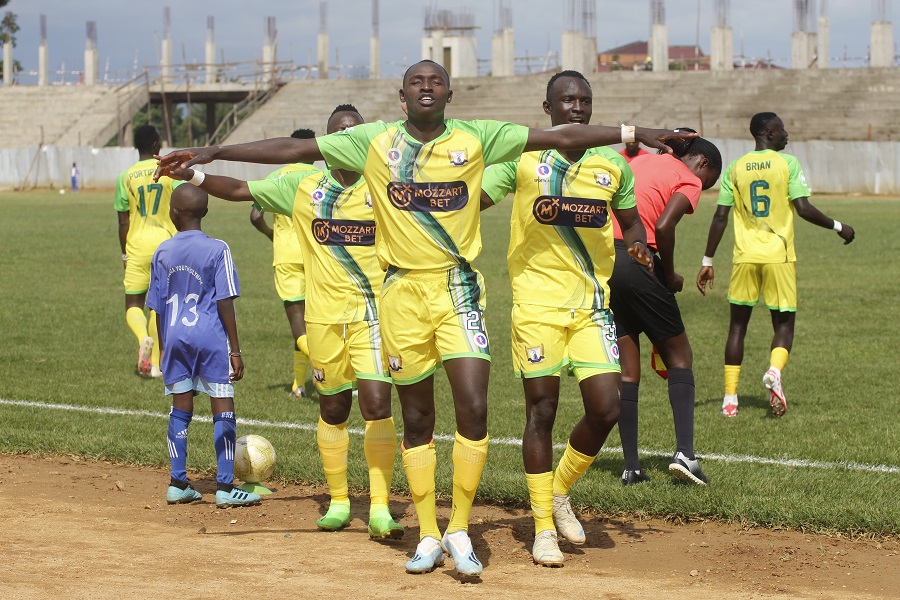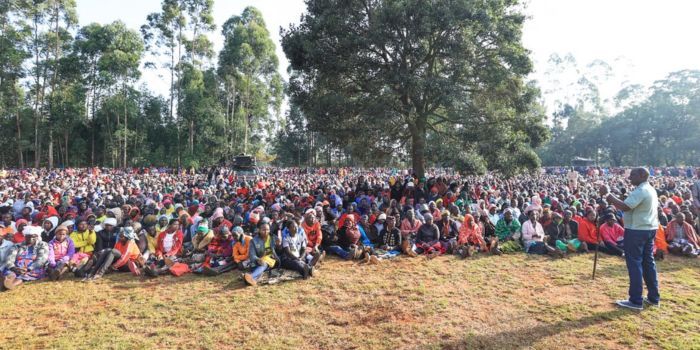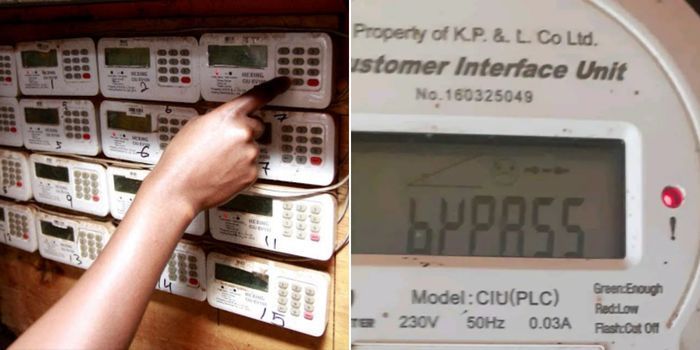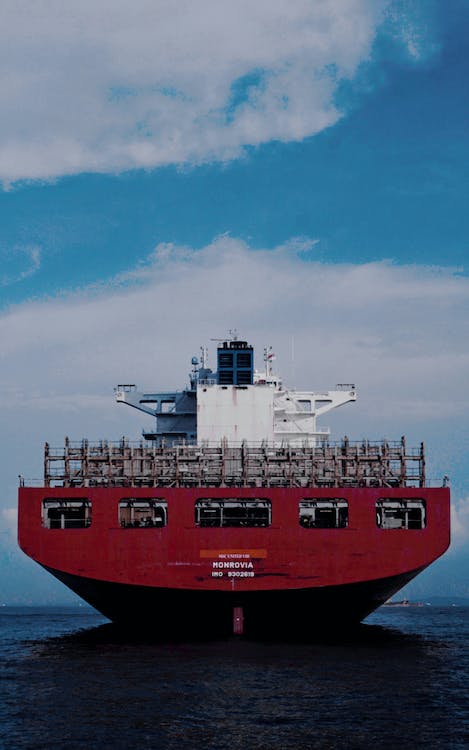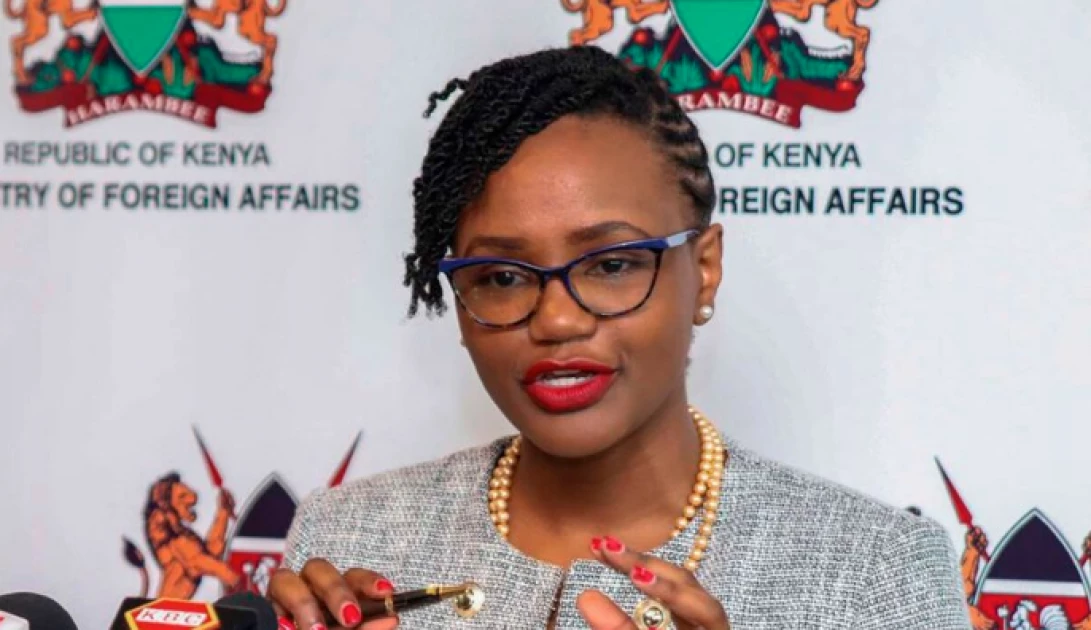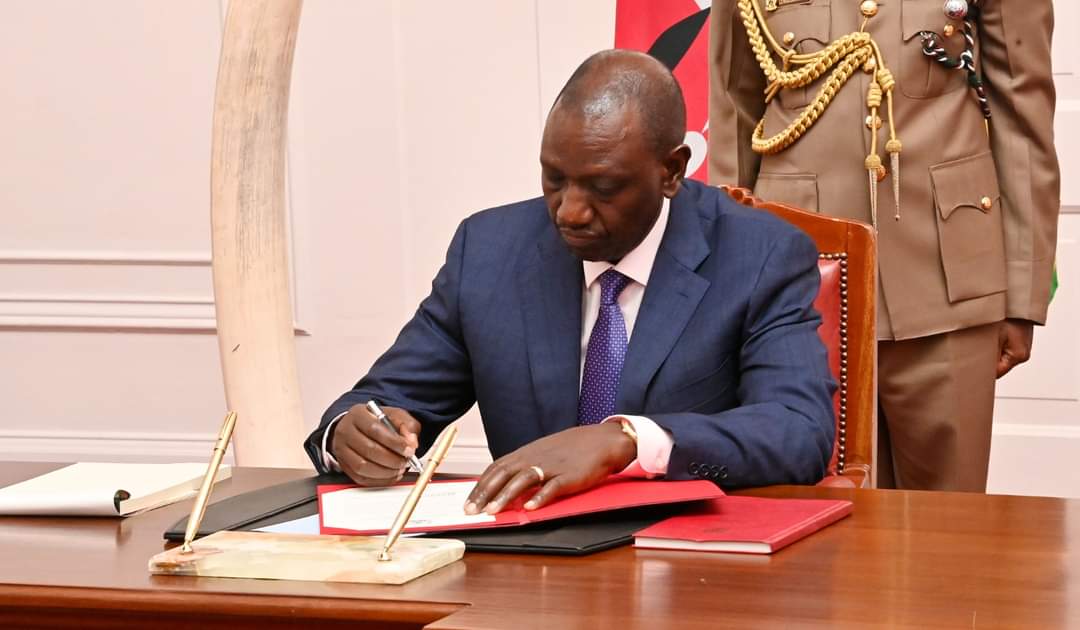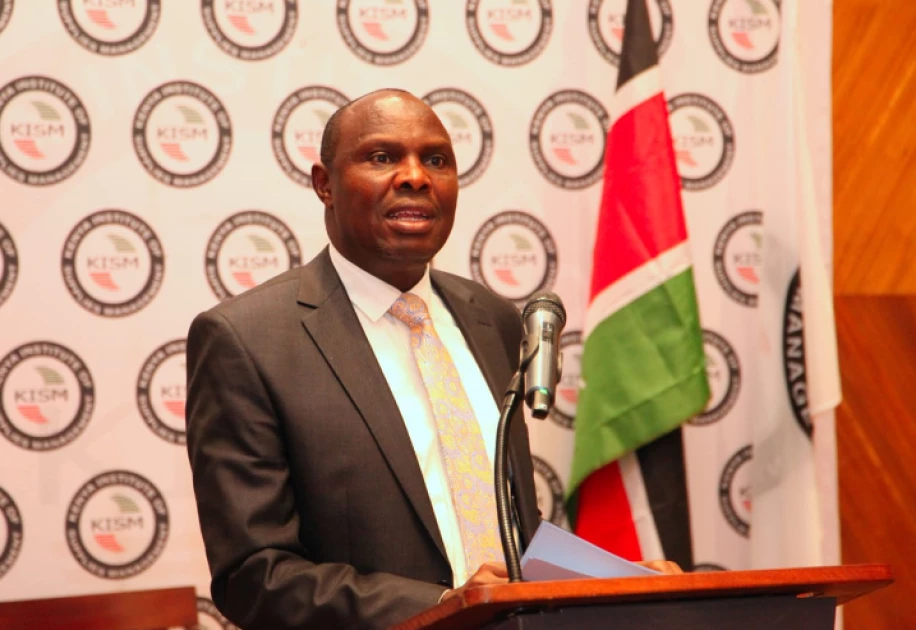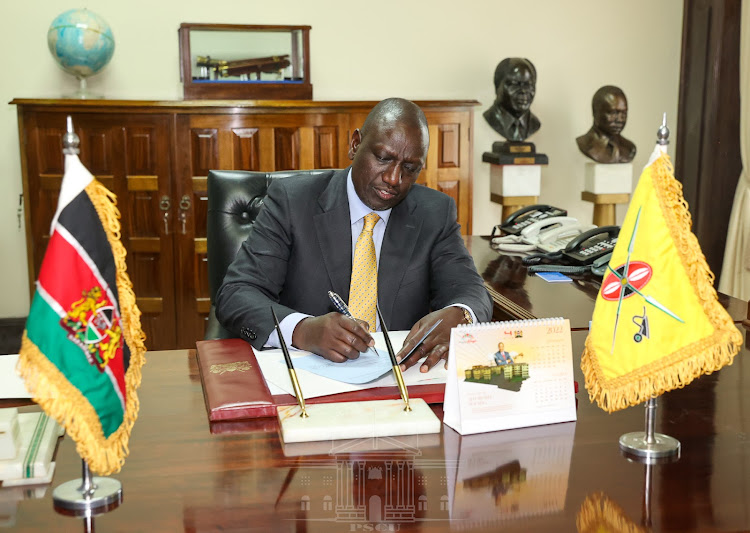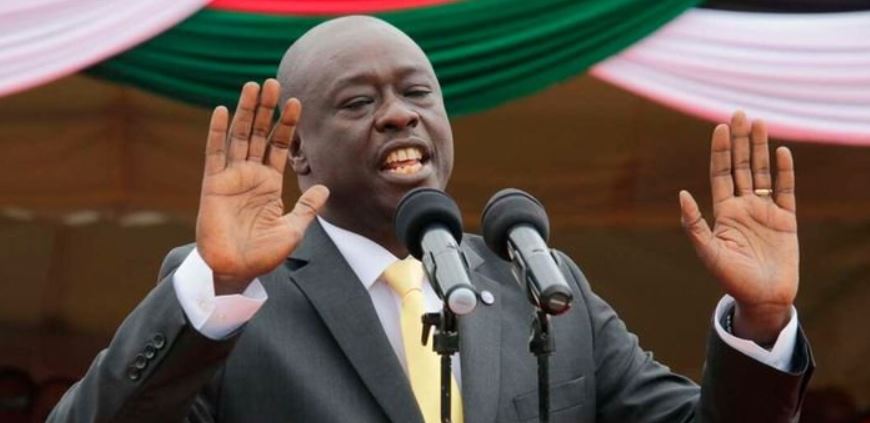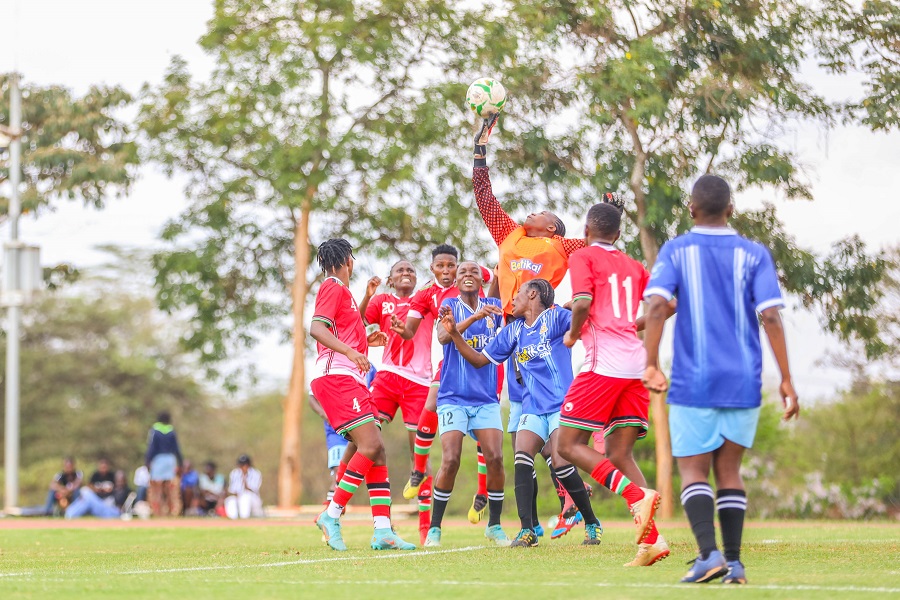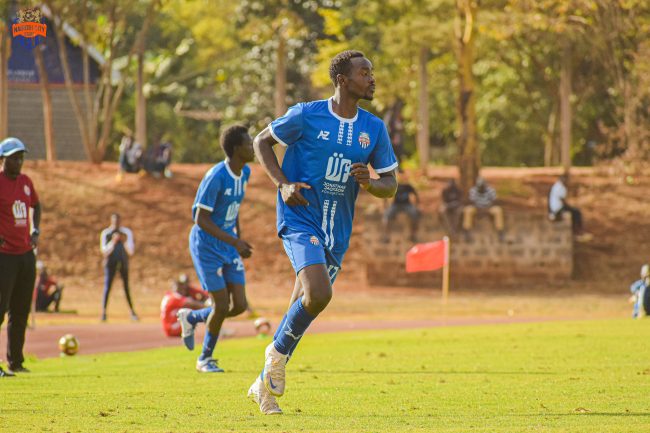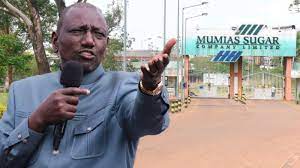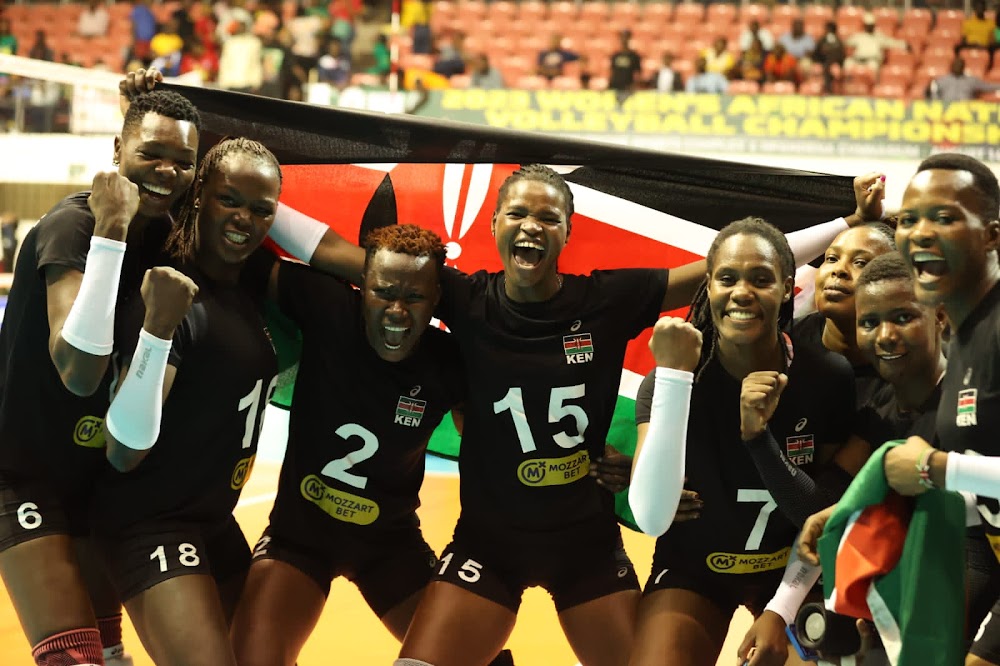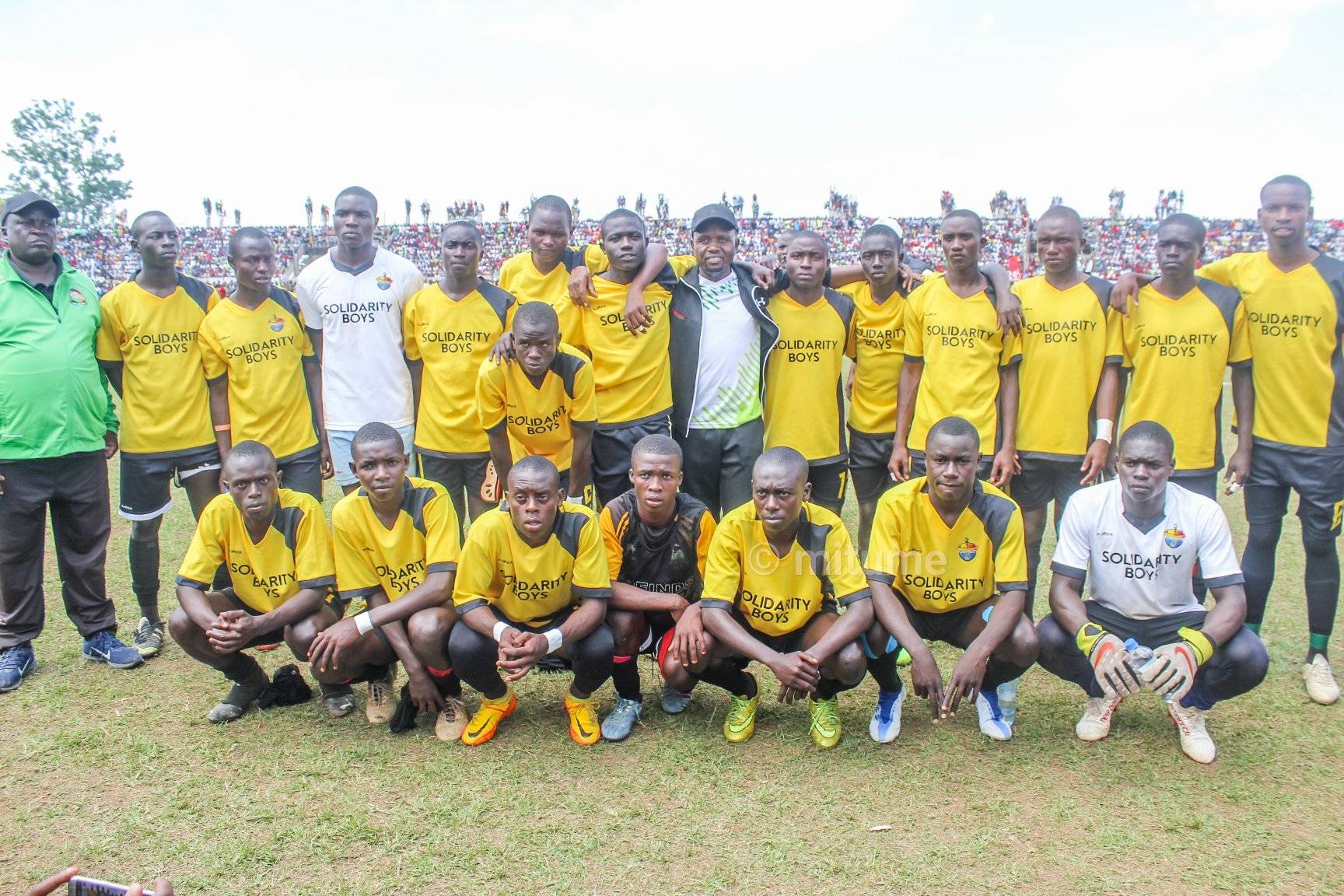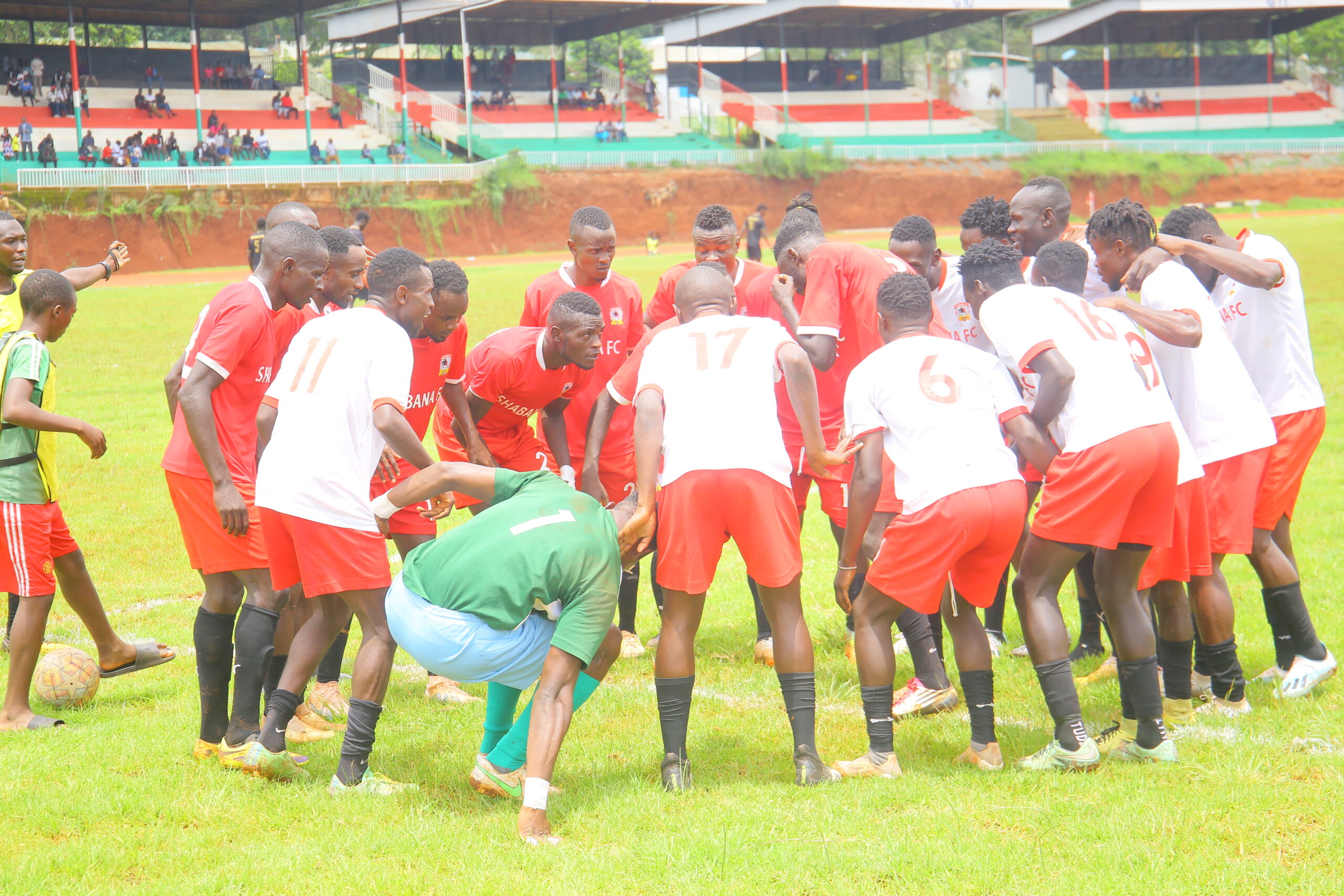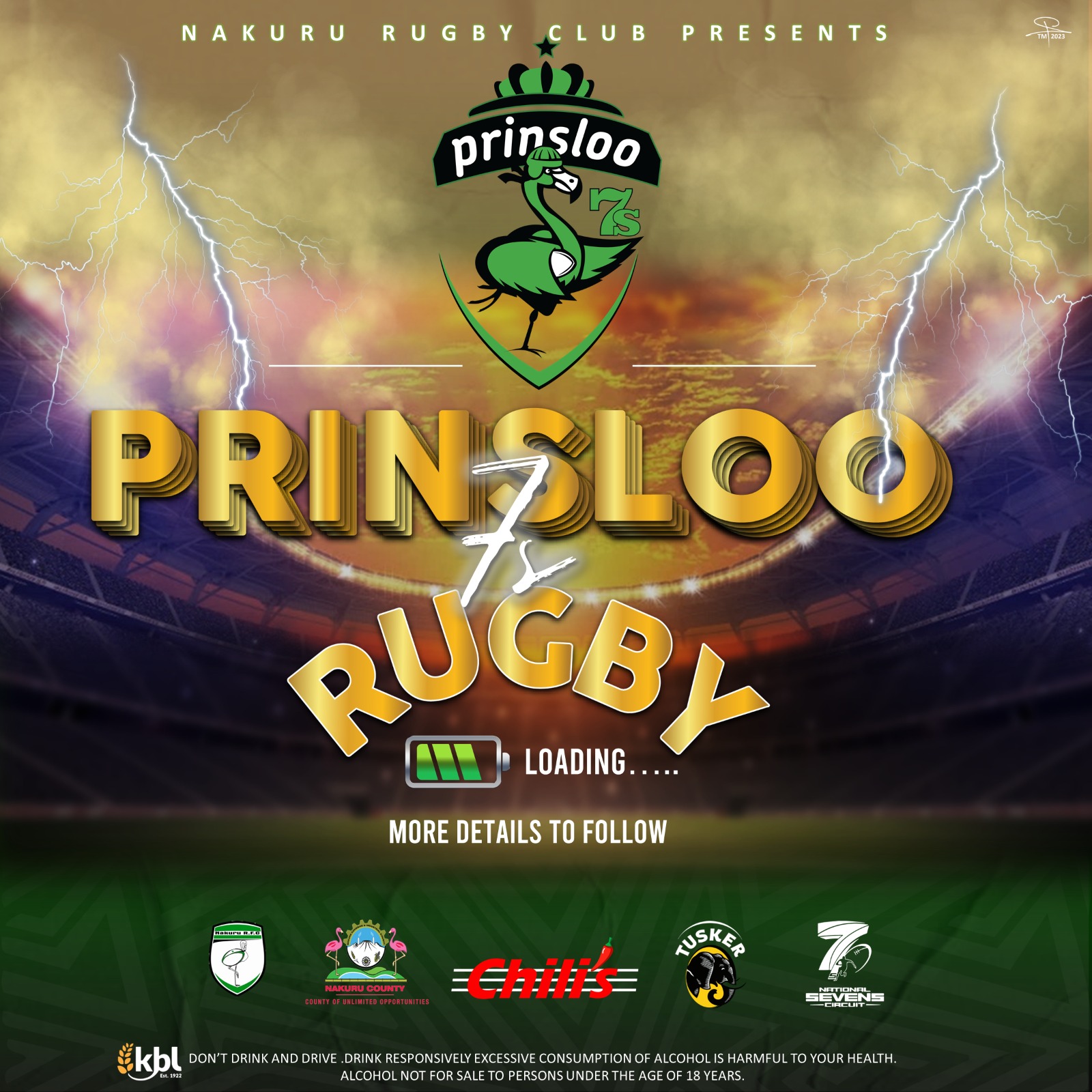

By OUR CORRESPONDENT
In a compelling address at the COP29 side event hosted by the East African Community (EAC) Secretariat and the Lake Victoria Basin Commission (LVBC), Andrea Ariik, Deputy Secretary General in charge of Infrastructure, Productive, Social, and Political Sectors, emphasized the transformative potential of inland waterway transport in East Africa.
“Inland waterway transport presents an environmentally friendly, energy-efficient, and cost-effective alternative to road and rail systems,” Hon. Ariik stated. “It consumes up to six times less energy than road transport, generates lower emissions, and offers a significantly safer mode of cargo and passenger movement,” said Ariik.
The side event at the ongoing COP29 in Baku, Azwrbaijan was moderated by Lake Victoria Basin Commission Deputy Secretary General Coletha Ruhamya. Principal Secretary for EAC Abdi Jubat was among the panelists.
Other panelists included Marco Yamaguchi, manager transport logistics, division infrastructure and urban development Africa Development Bank, Raissa Allogo Senior Policy Officer for Maritime Africa Union Commission, Hannah Ngugi, acting Kenya Country Director TradeMark Africa, Jonah Mumbya Transport expert Maritime Organization for Eastern, Southern, and Northern Africa, and Godfrey Enzama principal civil engineer and head of transport and works division directorate of infrastructure East Africa Community.
Highlighting the immense economic potential of inland waterways, Hon. Ariik noted that enhancing transport infrastructure on Lake Victoria alone could unlock trade worth USD 60 billion annually, while simultaneously bolstering tourism. Recent infrastructural upgrades, including renovations at Kisumu, Mwanza, and Port Bell, and the construction of Uganda’s Bukasa Port, exemplify progress toward creating sustainable multi-modal transport systems along the Central and Northern Corridors.
The Deputy Secretary General lauded the commissioning of vessels such as the MV Mwanza and MV Uhuru II, and the fuel tankers MT Kabaka Mutebi II and MT Elgon, which have eliminated approximately 300 fuel trucks from regional roads, significantly reducing pollution.
“These developments underscore the potential of inland waterways in driving sustainable economic growth while safeguarding our environment,” she remarked.
However, Ariik highlighted persistent challenges, including inadequate investment in infrastructure, limited navigational aids, and a shortage of skilled personnel. She called for increased collaboration among development partners, LVBC, and member states to address these gaps.
To optimize the use of East Africa’s lakes and rivers, Hon. Ariik underscored the importance of public-private partnerships (PPPs) and innovative financing models.
“PPPs must consider socioeconomic impacts to ensure fiscal returns. While traditional funding methods remain viable, user fees in concessional waterways can secure sustainable maintenance and development,” he explained.
The address also spotlighted the untapped potential of waterways like the Akagera and Nile rivers, which could greatly enhance connectivity and economic integration for landlocked countries such as Rwanda, Burundi, and South Sudan.
“Inland waterway transport is a cornerstone for sustainable development in the EAC region,” he noted.
Ariik concluded: “By addressing challenges and leveraging global best practices, we can transform this sector into a driver of regional growth and integration.”
The event closed with a call to action for delegates to explore innovative solutions and collaborate on initiatives to realize the region’s full potential.





